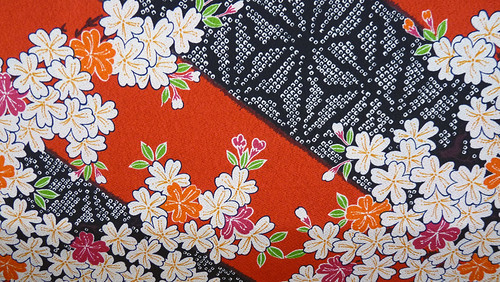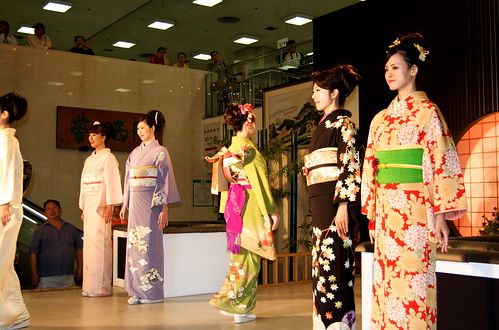Houmongi
The houmongi is ranked just below the furisode and the tomesode in formality, so it can be worn by both married and unmarried women as a formal kimono.
From the end of the Taisho period to the beginning of the Showa period, the houmongi was often worn to formal occasions, and it became an alternative to formal Western clothing.
“Houmongi ( 訪問着 )” の続きを読む


